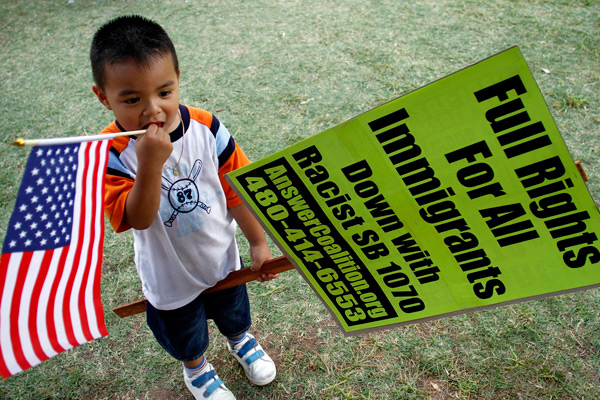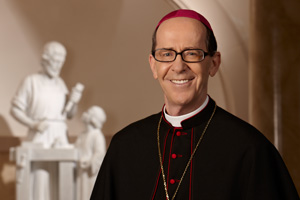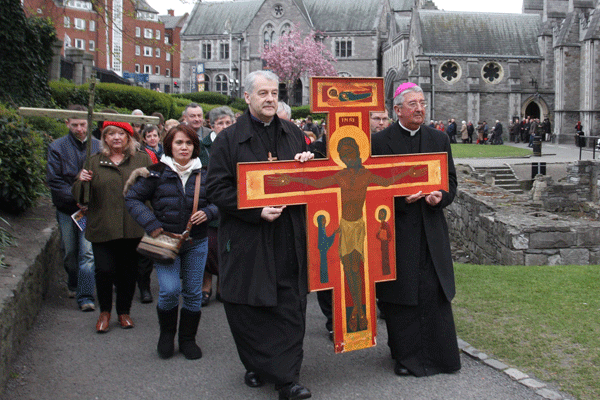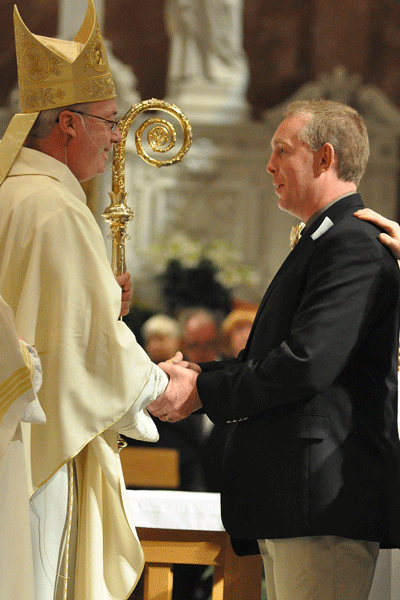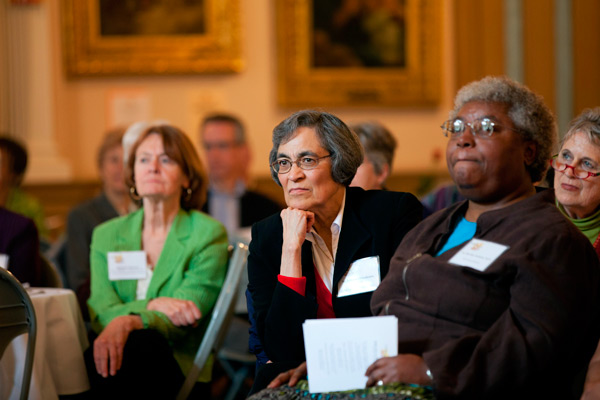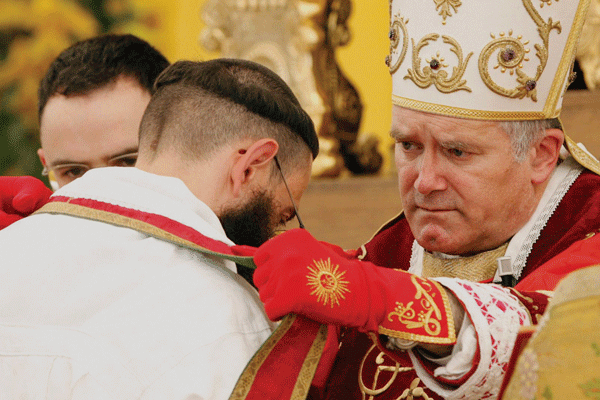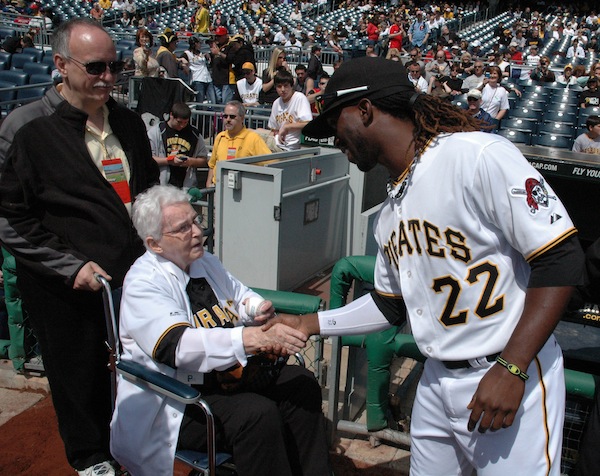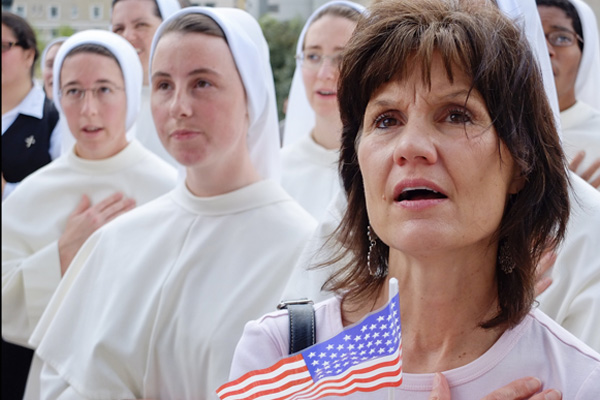WASHINGTON (CNS) — When the Supreme Court considers the constitutionality of Arizona’s 2010 immigration law April 25, the weight of an eventual ruling will come to bear on far more than one border state’s relationship to its own residents.
The half-dozen states that have passed laws modeled on Arizona’s, the 20 that have considered doing so and the remaining states that haven’t weighed in legislatively on immigration all could be affected by the outcome of Arizona v. United States. So could the practices of churches, employers and social service providers. Foreign relations and business ventures also may be affected.
And there’s a chance the court won’t be able to come to a clear decision because Justice Elena Kagan has recused herself from participating, leaving the possibility of a 4-4 vote. Unless that happens, the court is likely to issue a decision just before it recesses at the end of June.
Meanwhile “copycat” legislation, much of it drafted by the same Kansas attorney who helped write Arizona’s S.B. 1070, roiled other states over the last year, particularly Alabama. As that state’s law, among other provisions, made it illegal to rent or provide utility service without proof of the customer’s immigration status, thousands of immigrants moved away, leaving Alabama’s agriculture industry reeling from lost workers while crops rotted, unpicked in the fields.
The Arizona law passed in April 2010 amid a bruising economic decline and in the heat of political rhetoric blaming undocumented immigrants for the murder of a well-respected rancher as he patrolled his property about 30 miles north of the border.
The shooting of Robert Krentz has never been solved, and the law that the bill’s sponsor linked to his death has partly taken effect. But its harshest provisions remain blocked by federal courts.
The Supreme Court is being asked to settle the constitutionality of four key provisions, centered on the question of whether immigration is solely the enforcement concern of the federal government, or whether states can act independently in some areas. These key provisions:
— Require that state and local law enforcement officers verify the immigration status of every person stopped, arrested or detained if there is “reasonable suspicion” the person might be in the country without permission.
— Make it a crime for immigrants to fail to carry their “alien registration document.”
— Criminalize the act of working for pay without authorization from immigration authorities.
— And allow officers to arrest someone without a warrant if the officer thinks there is “probable cause” to think the subject is guilty of a crime that subjects him or her to deportation.
Dozens of groups representing millions of constituents have weighed in with friend-of-the-court briefs on one side or the other.
Groups filing in support of the law include two of Arizona’s 15 county sheriffs; a dozen members of Congress; the attorneys general of 16 states; the Minuteman Civil Defense Corps; and other organizations, many of which support stringent limits on legal immigration and policies designed to criminalize being in the U.S. illegally and force people to go home.
An even greater number of briefs encouraging the court to find the law unconstitutional were submitted by: the Major Cities Chiefs Police Association; 67 members of Congress; current and former attorneys general; a group of former U.S. secretaries of state; the government of Mexico, joined by 16 other countries; the American Bar Association; several coalitions of civil rights, religious and human rights organizations; and various labor unions.
The Thomas More Law Center, which specializes in religious rights, in a joint brief with the Center for Security Policy, called for the law to be upheld. It argued that the state “retains the independent and paramount authority to enact and enforce laws, including laws related to illegal immigration for the purpose of protecting its citizens… and the executive branch has no authority to tie the hands of Arizona officials … by adopting a policy of nonenforcement of federal laws.”
A brief filed by the U.S. Conference of Catholic Bishops — along with the Evangelical Lutheran Church in America, Lutheran Immigration and Refugee Service and the stated clerk of the general assembly of the Presbyterian Church — notes the churches’ teaching on family unity and the government’s interest in having immigration policies enable families to stay together.
It also said such state laws pose “a serious threat to religious liberty.” Churches have a moral and religious duty to help all in need, it noted. And S.B. 1070 and similar laws “threaten this Catholic mission to provide food, shelter and other care to all.” It added that by criminalizing the act of aiding undocumented immigrants, such laws also burden religious liberty, the brief said.
“A patchwork set of state “harboring” regulations like S.B. 1070’s would seriously threaten the Catholic Church’s mission to serve all in need,” it said. “The United States’ effort to establish a single set of immigration laws thus constitutes a sound federal objective that this court should particularly respect.”
Another brief joined by more than 50 Catholic, Protestant, Muslim and Jewish organizations argues that Arizona’s law assumes every person fits into one of two categories, “lawfully present,” and those who are not. “In reality, even U.S. citizens often will not be readily identifiable, and where noncitizens are concerned, determining a person’s immigration status requires a nuanced legal inquiry, which cannot be performed by police on the beat.”
The brief, whose signers included the Leadership Conference of Women Religious, the Franciscan Action Network and about 30 congregations of women religious, said the court’s ruling in the case will “shape the fates of people nationwide.”
“In states such as Utah, Indiana, Georgia, Alabama and South Carolina, people of color will be subjected to constant scrutiny regarding their immigration status — and to the demeaning experience of criminal arrest and detention,” it said. “S.B. 1070 and its copycats thus divide our nation between those regions where people of all ethnicities can freely travel, live and work and those where they cannot.”
— By Patricia Zapor, Catholic News Service
– – –
A young boy holds a U.S. flag and a sign outside the Arizona State Capitol in 2010 after U.S. District Judge Susan Bolton in Phoenix blocked sections of Arizona’s immigration law, S.B. 1070, that were considered the most controversial. Other states are considering bills modeled after the Arizona law. (CNS photo/Joshua Lott, Reuters)



